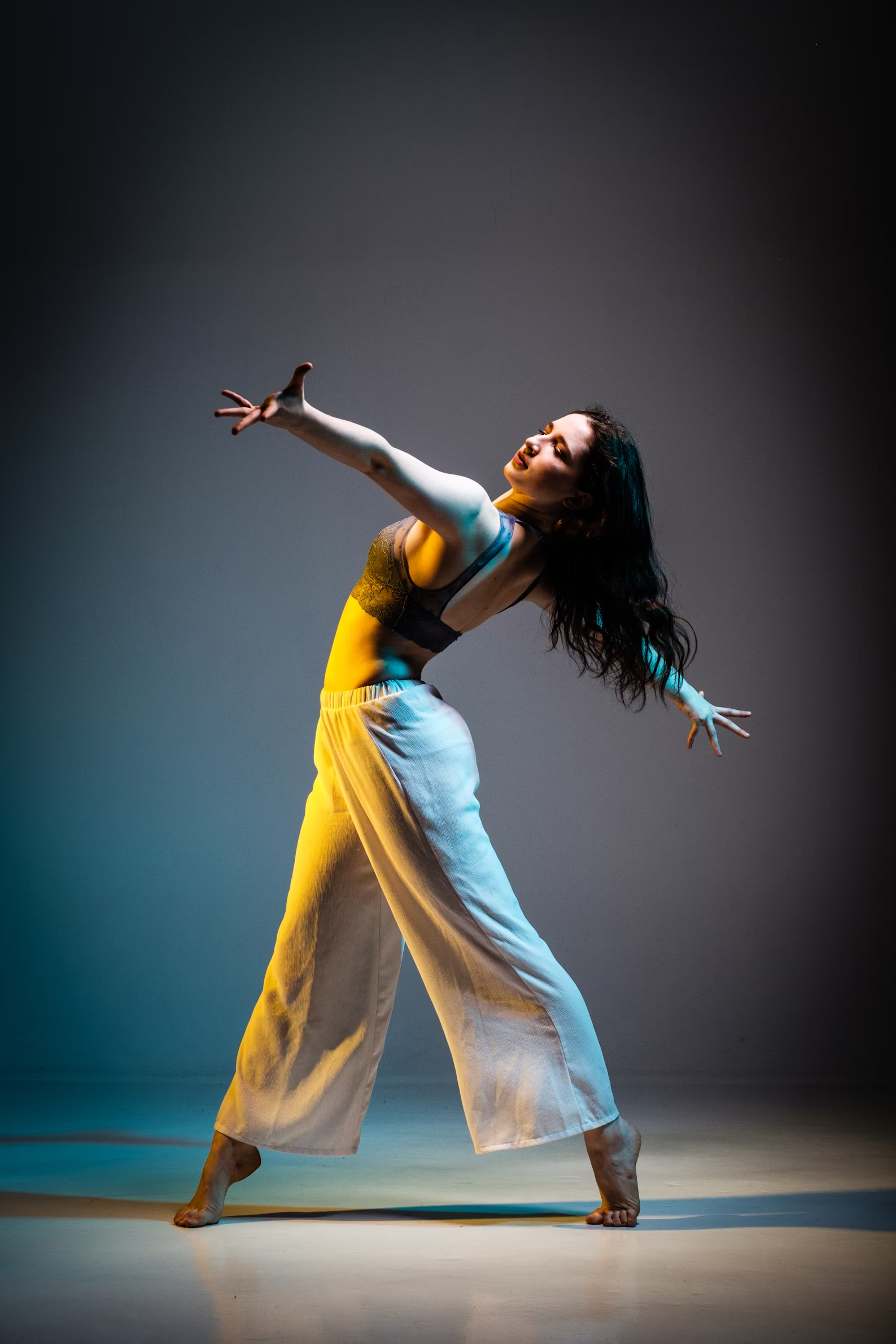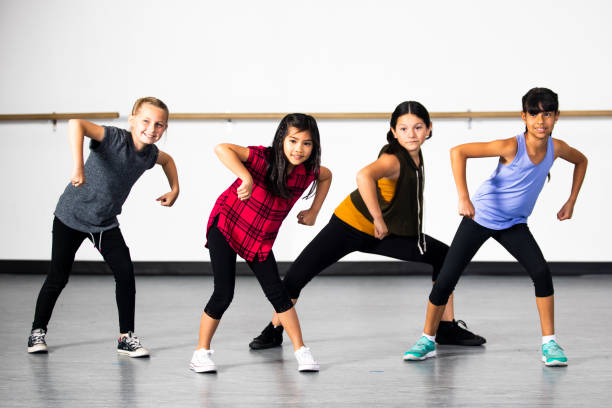

Hip Hop Dance
Hip hop dance is more than just a style—it's a cultural movement, a rhythm-infused expression of identity, energy, and freedom that originated from the streets and has grown into a global phenomenon. Born in the 1970s in the Bronx, New York, hip hop began as a form of resistance and storytelling for marginalized communities. It was not just music or movement; it was a way of life, combining rap, DJing, graffiti, and breakdancing into one vibrant culture. Today, hip hop dance represents innovation, self-expression, and a powerful voice for youth across the globe. Its raw energy, sharp attitude, and diverse movements make it one of the most dynamic and influential dance forms in the world.
The roots of hip hop dance can be traced back to a need for community and creative expression. Young dancers would gather at block parties, challenging each other in dance battles that sparked new moves, techniques, and styles. These street dance battles were unscripted, spontaneous, and deeply personal. Breakdancing, or b-boying, was one of the earliest forms, characterized by acrobatic power moves, freezes, and intricate footwork. As hip hop music evolved, so did the dance. The 1980s and 1990s introduced styles like popping, locking, and krumping, each with its own flavor and emotional depth. Popping focuses on hitting or tensing muscles to the beat, while locking uses sudden pauses and exaggerated movements. Krumping, meanwhile, is a highly energetic style rooted in emotion and storytelling.
What truly sets hip hop dance apart is its ability to constantly evolve. From the streets to global stages, from underground battles to viral social media trends, it remains relevant and exciting. Dance crews, choreographers, and solo artists continue to push the boundaries, blending traditional hip hop with contemporary, jazz, and even classical influences. Instructors worldwide now teach hip hop in studios, but its essence still thrives in informal spaces—parks, sidewalks, online platforms—anywhere passion exists. Hip hop classes offer not only physical fitness but also confidence, creativity, and community.